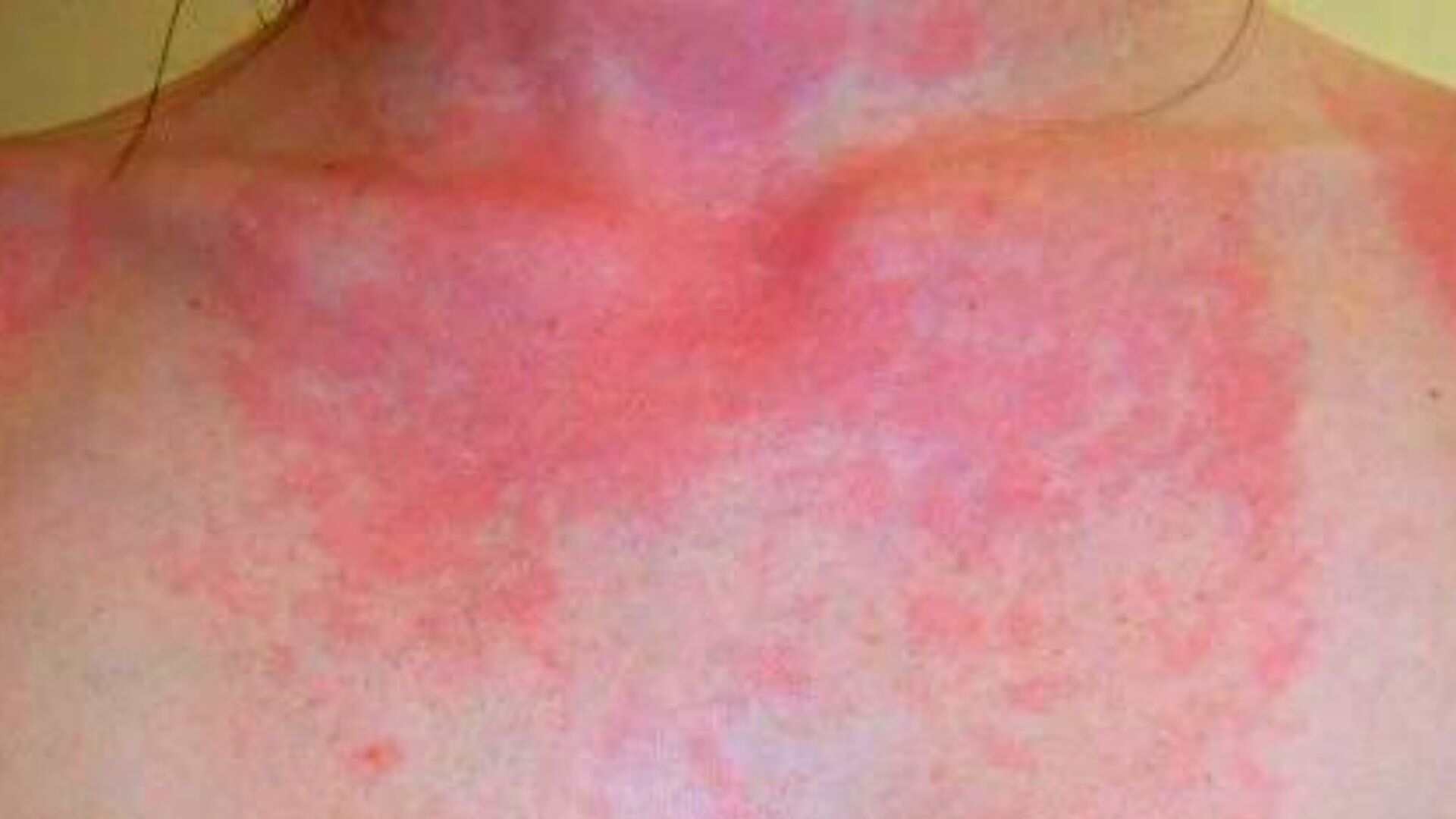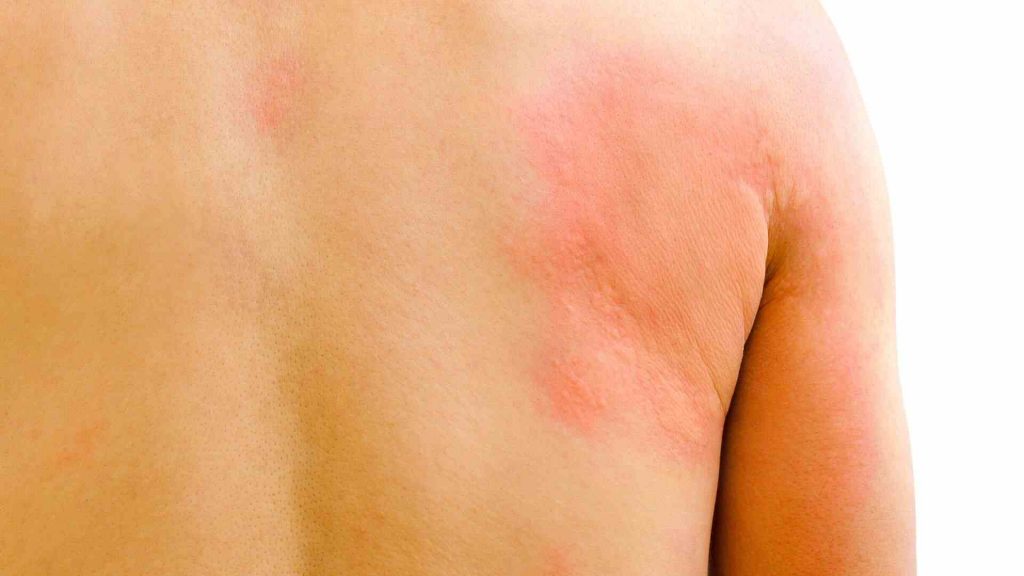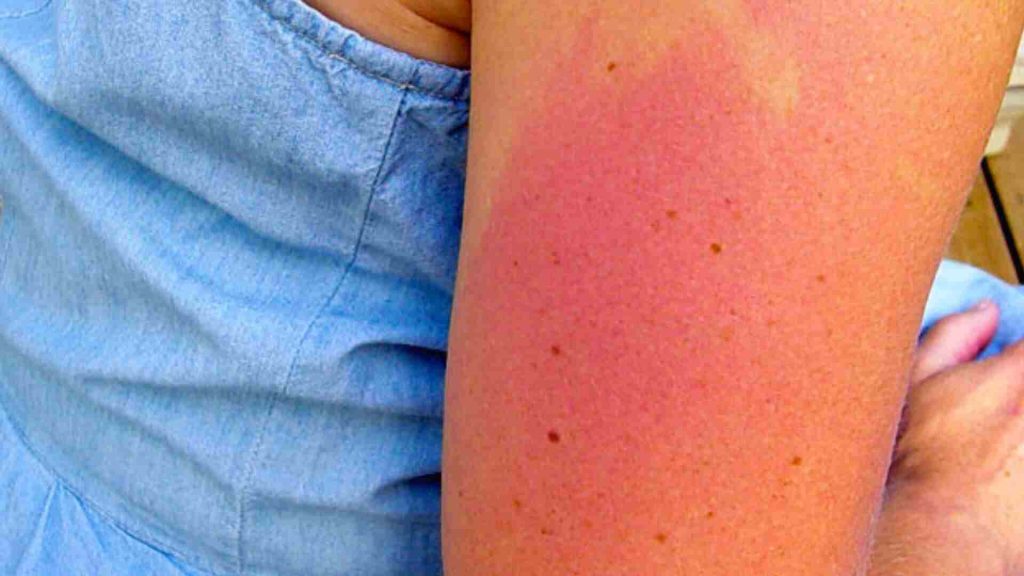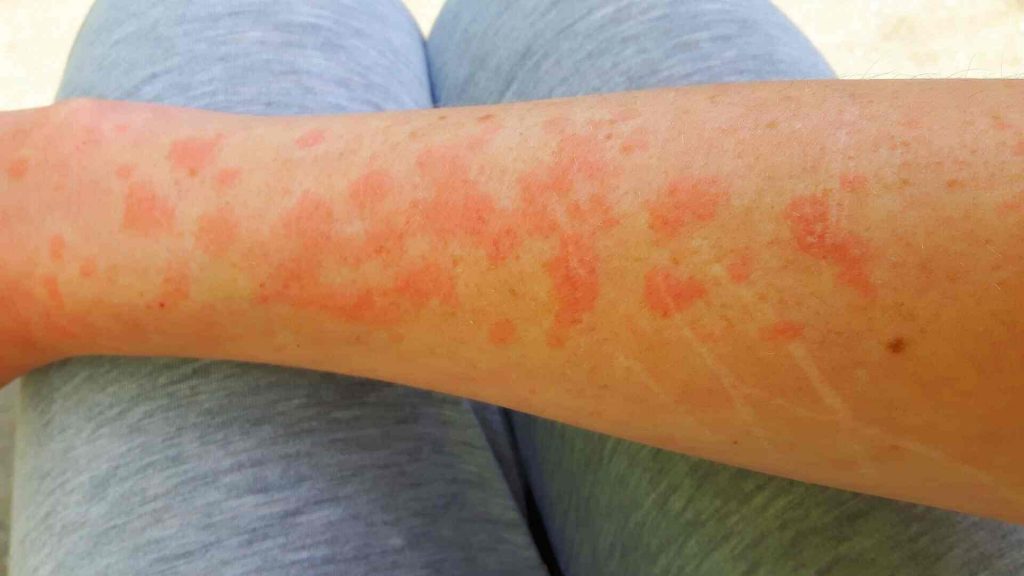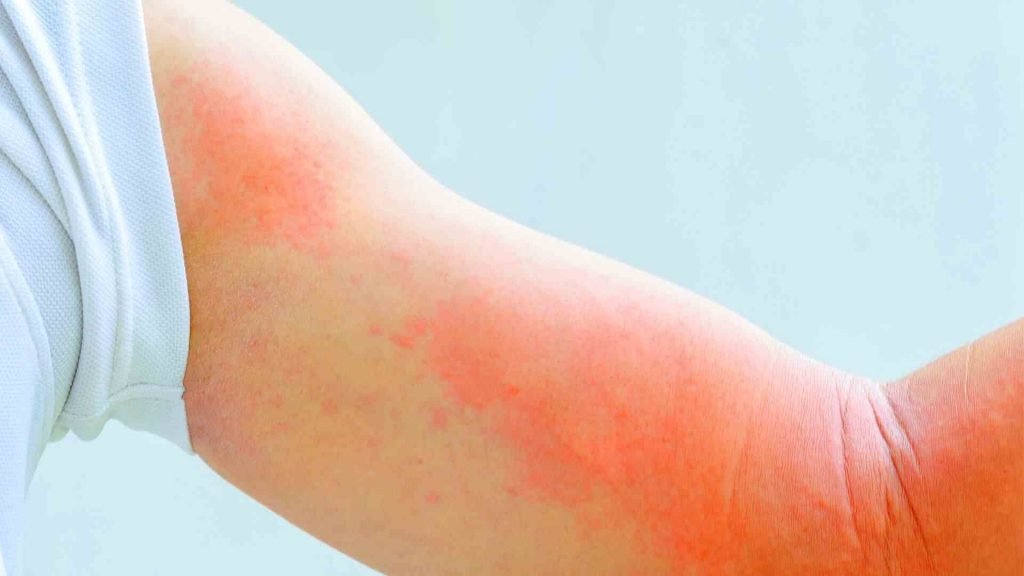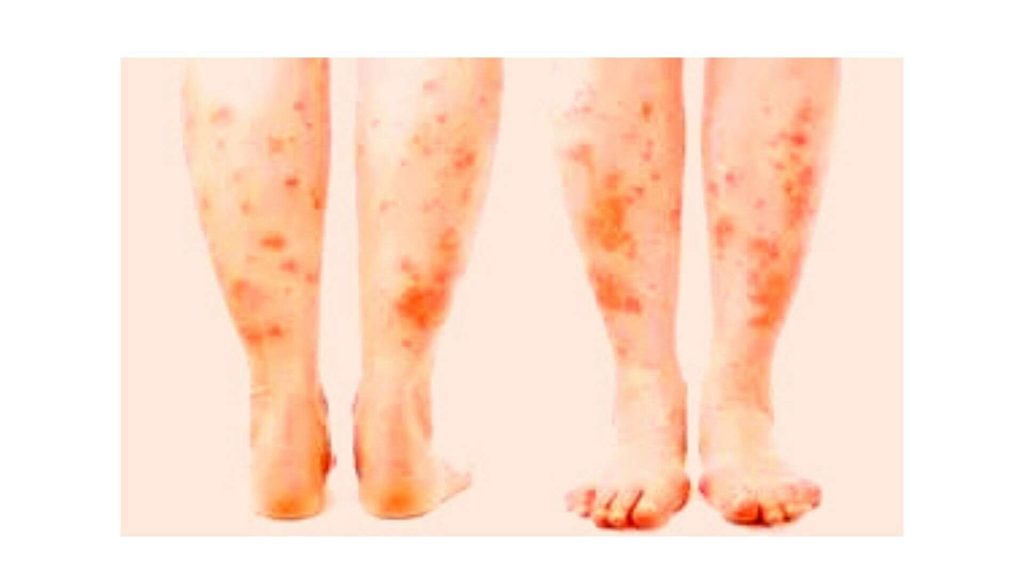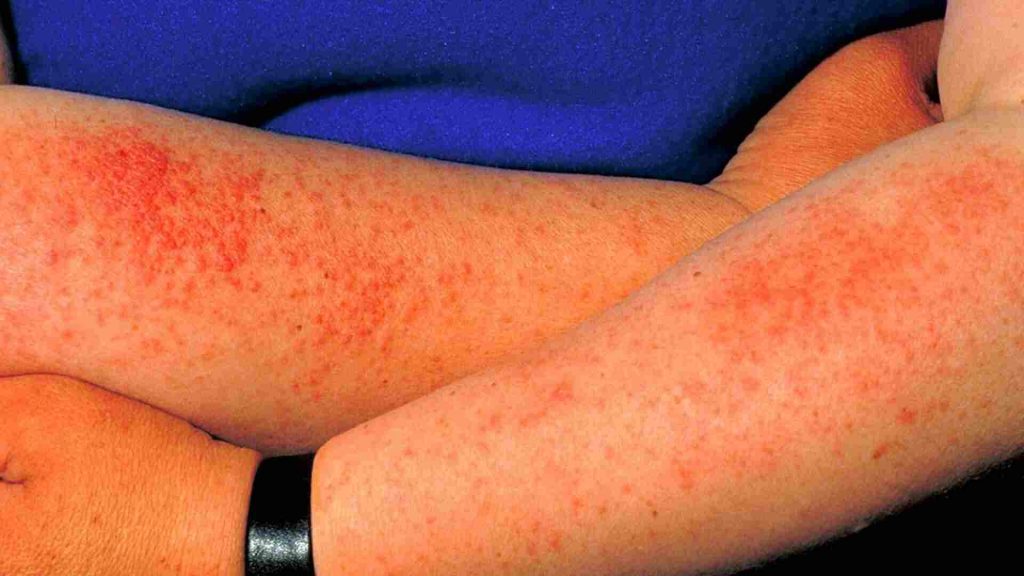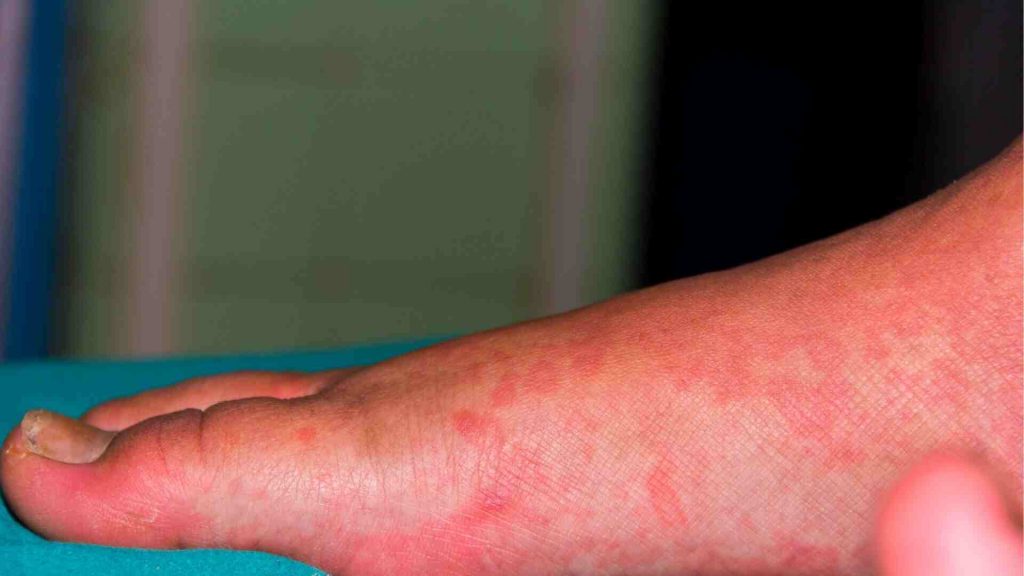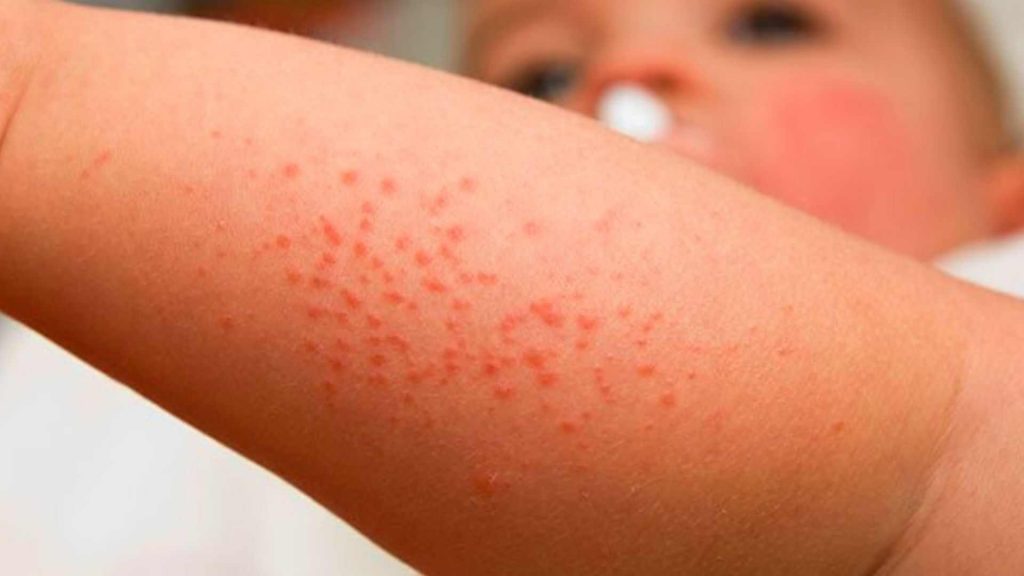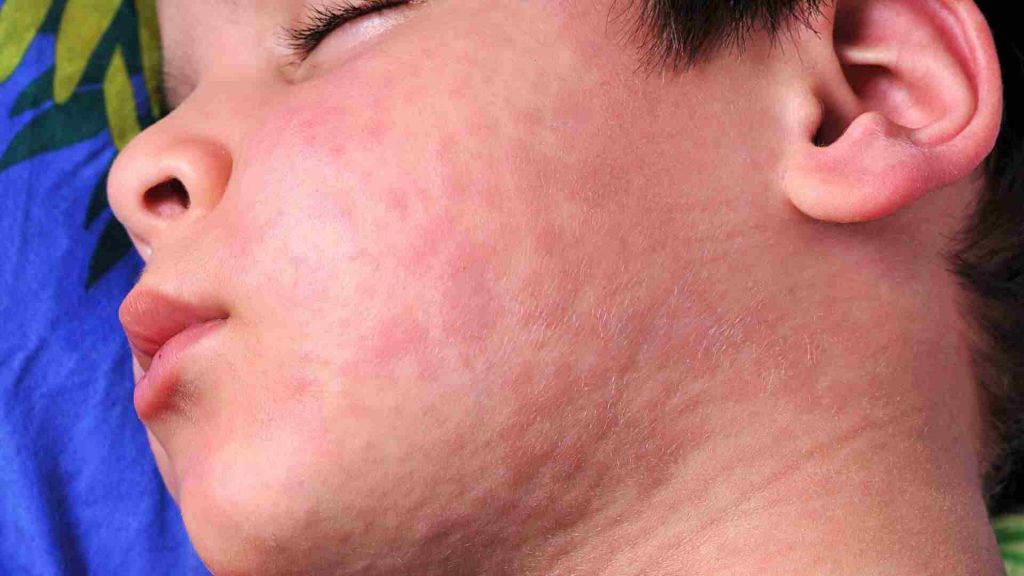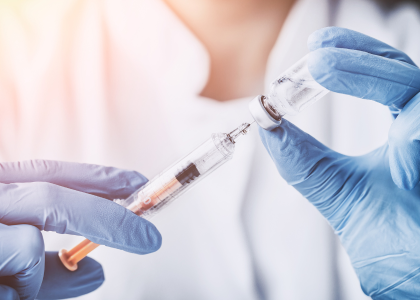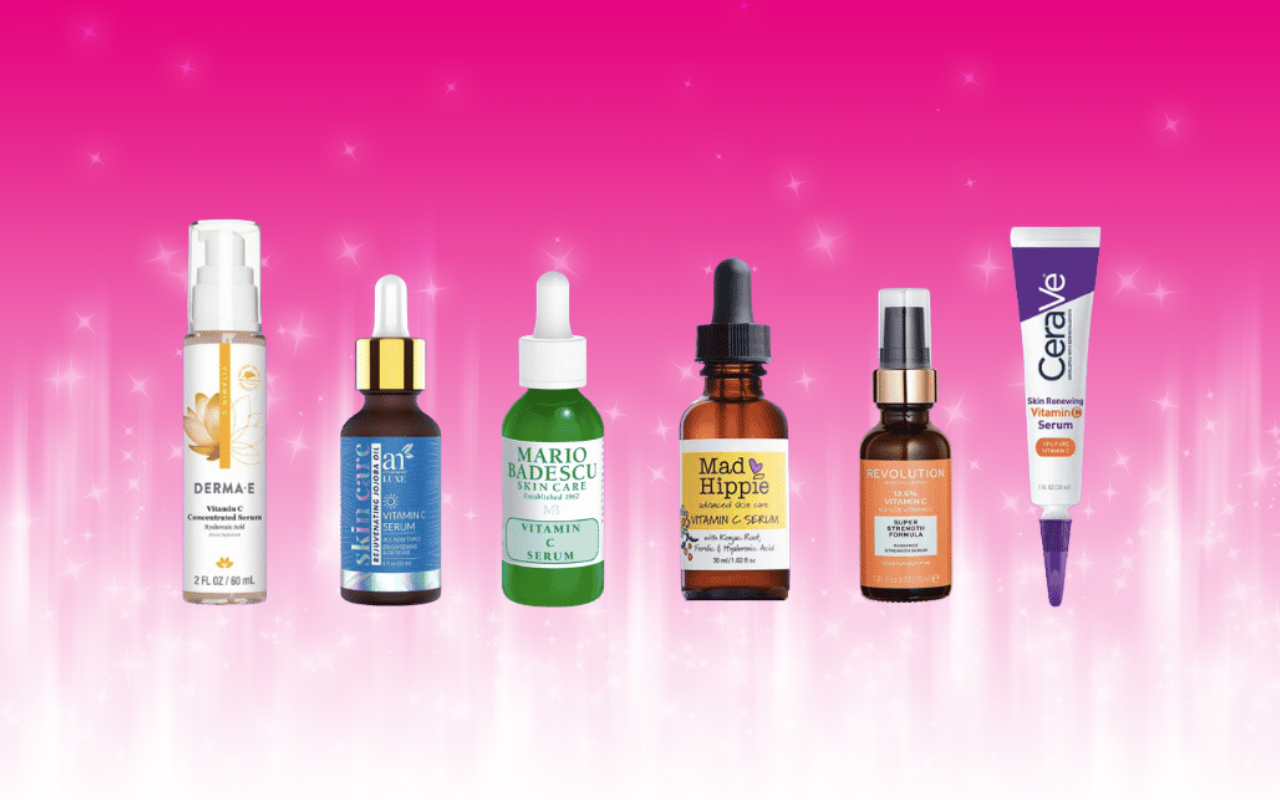What Does Sun Allergy Rash Look Like?
Sun allergy rash is an acquired skin condition caused by photosensitivity. It presents as red, itchy hives that tend to occur after exposure to the sun or other sources of ultraviolet light.
It is also known as solar urticaria, sun-induced urticaria, polymorphous light eruption (PMLE), idiopathic photodermatitis.
The symptoms of sun allergy rash usually include a red, itchy rash that may blister. The rash may appear on your back, chest, upper arms or neck and is often mistaken for a sunburn. If you have sun allergy, the rash will appear when you sweat or after a hot bath or shower.
Sun allergy is often confused with eczema because eczema also causes red, itchy rashes. But an eczema flare-up may become more severe as time goes by, while sun allergy is limited to the time you’ve spent in the sun.
Pictures of sun allergy rash
What causes sun allergy?
The exact cause of sun allergy isn’t fully understood but experts believe that sunlight triggers an allergic reaction and affects the way your skin heals after a burn. Sometime around puberty, children who are prone to sun allergies can develop them. Allergies to sunlight are not uncommon in children and teenagers but they usually go away as the child ages. Sun allergies can also develop in adults.
Sun allergy rash typically appears within hours after exposure to sunlight, but it can take up to 24 hours for symptoms to appear after exposure to fluorescent lights. The rash usually appears on areas of skin that have been exposed directly to sunlight or artificial light sources such as fluorescent bulbs, tanning beds, and halogen lamps.
Although most rashes appear on exposed parts of the body such as the face, neck, arms and hands, they sometimes occur on parts of your body covered by clothing if they were exposed earlier in the day.
Treatment
The best treatment for sun allergy rash is to avoid further exposure to the light source. If you’re in sunlight and start experiencing symptoms, find shade or cover up with clothing and a hat. You can also take antihistamines or corticosteroids to help deal with symptoms until you’re out of the sun.
Your doctor may recommend that you try phototherapy, which involves exposing yourself to the light and taking medication simultaneously, or UV avoidance therapy, which involves covering your body in protective clothing whenever you are exposed to the light source.
